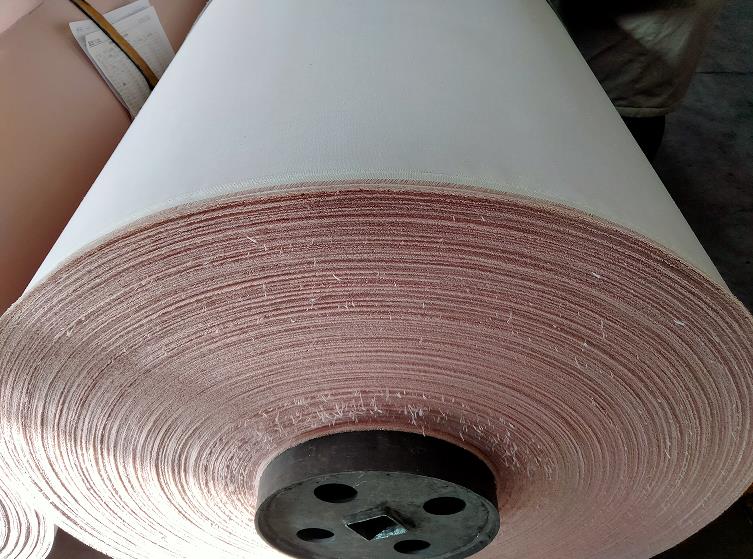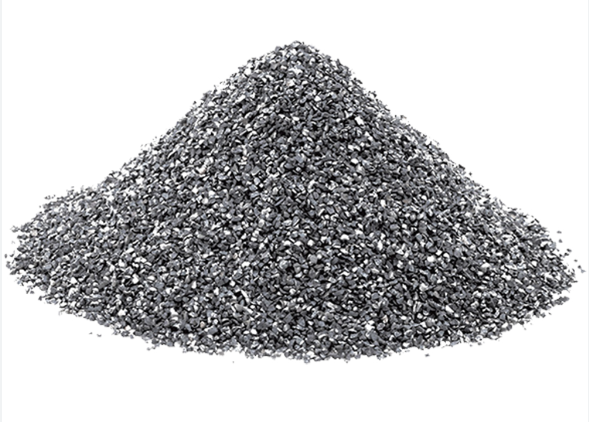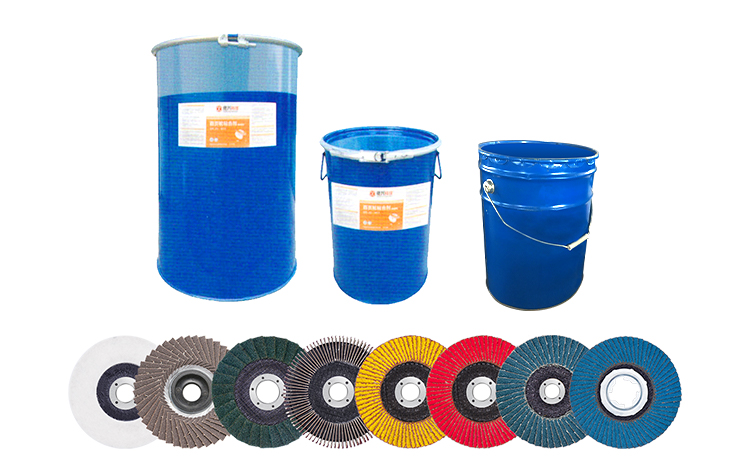Three Elements Of Coated Abrasives
Base Material

1.Coated abrasive paper
Paper: Coated abrasive paper is made of particularly strong and tough (soft) fibers, and is made into different qualities and specifications according to different needs. Paper is relatively cheap, generally does not require substrate treatment, and is used in large quantities.
Conversion of coated abrasive paper: paper-based abrasive belts, paper-grade abrasive cloth rolls.
2.Coated abrasive cloth
Cloth: A fabric formed by weaving fibers into a certain structure. Cloth is the most widely used substrate for coated abrasives. It has good flexibility and high strength, but requires strict substrate treatment;
Cloth has different types due to different structures. Currently, the main types of cloth for coated abrasives are cotton cloth, blended cloth, polyester cloth, etc.
Cloth has different types due to different structures. Currently, the main structures of cloth for coated abrasives are 1/1, 2/1, 3/1, 4/1, etc. Different coated abrasives use cloth with different structures.
Conversion of coated abrasive cloth: abrasive belts, abrasive cloth rolls, flap wheels, flap blades and other special-shaped conversion products that require abrasive cloth
3.Coated abrasive steel paper
Steel paper: It is a high-strength base material formed by the fusion of multiple layers of cotton fibers. It can withstand extremely high mechanical loads, has high strength, low elongation, and good heat resistance. It is mainly used in the production of steel paper sandpaper discs and special-shaped products. The thickness is selected according to the requirements of coated abrasives.
4.Composite base: It is made of paper and cloth, combining the advantages of paper and cloth, with high strength and extremely low elongation. It is mainly used to make high-speed heavy-load sanding belts and a small amount of sanding discs. Generally, it is divided into two categories according to the model of the cloth base: light composite base and heavy composite base.
5.Non-woven fabric: One or more fibers are bonded or mechanically bonded to give them the appearance and performance of cloth without weaving. It is mainly used to make soft polishing abrasives.
Conversion of steel paper: steel paper sanding disc
Conversion of composite base: sanding belt, sandpaper roll, etc.
Conversion of non-woven fabric: scouring pad sheet paper, drawing wheel, handle impeller, etc.
Abrasive

Types of abrasive
Abrasives are the main body of coated abrasives for grinding and polishing.
Abrasives must have these basic properties: a certain hardness, a certain strength, appropriate crushing ability, and a certain physical and chemical stability.
Abrasives can be divided into two categories: natural abrasives and artificial abrasives. The types of abrasives commonly used in coated abrasives are mainly:
Brown corundum (AO): The main component is α-AI2O3, the appearance is brown or brown, the hardness is high and the toughness is good, it can withstand great pressure, and it has the characteristics of high temperature resistance, corrosion resistance, and good chemical stability. It is widely used.
White corundum (WA): The main component is α-AI2O3, the appearance is white, the hardness is higher than that of brown corundum, it is brittle, the toughness is lower than that of brown corundum, the abrasive is easy to break, and the sharpness is good.
Black silicon carbide (SIC): The main component is SIC, the appearance is black, the hardness is high, the brittleness is low, and the abrasive has good sharpness.
Zirconia corundum (ZA): The main components are α-AI2O3 and AI2O3-Zr eutectic, with an off-white or gray-brown appearance, good toughness and wear resistance, suitable for high-speed heavy-load grinding and processing of difficult-to-grind metal materials.
In addition, there are ceramic abrasives (CER), glass sand, garnet, etc.
Coated abrasives have special requirements for the chemical composition, particle size, particle shape, bulk density, hydrophilicity, etc. of abrasives. The abrasives used in coated abrasives must be special abrasives for coated abrasives, that is, P abrasives.
Binder

Classification of Binders
The binder plays the role of bonding abrasives and substrates, giving the abrasives a certain shape and strength.
The binder in coated abrasives is generally composed of substrate treatment agent, base glue, and double glue.
The role of the substrate treatment agent is mainly to improve the physical and mechanical properties of the substrate, ensure good quality of the coated sand, and give the product good performance. According to the different use requirements of the product, the substrate treatment is divided into non-water-resistant treatment and water-resistant treatment, and the substrate treatment agent should be adapted to it.
The base glue is a coating that bonds the abrasive to the substrate, which plays the role of bonding and fixing the abrasive.
Double glue is to apply another layer of binder on the fixed abrasive grains to surround the abrasives, thereby further strengthening the bonding strength between the abrasive grains and the substrate, and ensuring that the abrasive grains can withstand the extrusion and impact of the grinding force during the grinding process without falling off easily.
The main factors affecting the bonding strength of coated abrasives are the type and quantity of binders.
The binders used in coated abrasives are mainly: animal glue, synthetic resin, etc. For example, leather glue, urea-formaldehyde resin, phenolic resin, epoxy resin, alkyd resin, etc.
Animal glue: good bonding performance, easy to use, but not water-resistant and susceptible to moisture.
Urea-formaldehyde resin: simple to manufacture, low cost, better bonding performance, moisture resistance and mildew resistance than animal glue.
Phenolic resin: high bonding strength, good water resistance, acid resistance and weather resistance, especially the use of water-soluble phenolic resin, making it one of the most important binders in the coated abrasive industry.
Epoxy resin, alkyd resin: good bonding performance and good water resistance, but organic solvents are required, more than the production of water-resistant sandpaper.
ADD:
No. 1003 Building 9, Henan E-commerce Industrial Park, High-tech Zone, Zhongyuan District, Zhengzhou, ChinaTEL/FAX:
+8619937510087WhatsApp:
+8619937510087Email:
info@yihongabrasives.com




PRODUCT
FRIENDS LINKS
Quick consulting
Copyright ©Jia County Yihong Abrasives Co.,Ltd All Rights Reserved. Technical Support By Yihong Century Network Technology Co., Ltd. Sitemap

Wechat Service